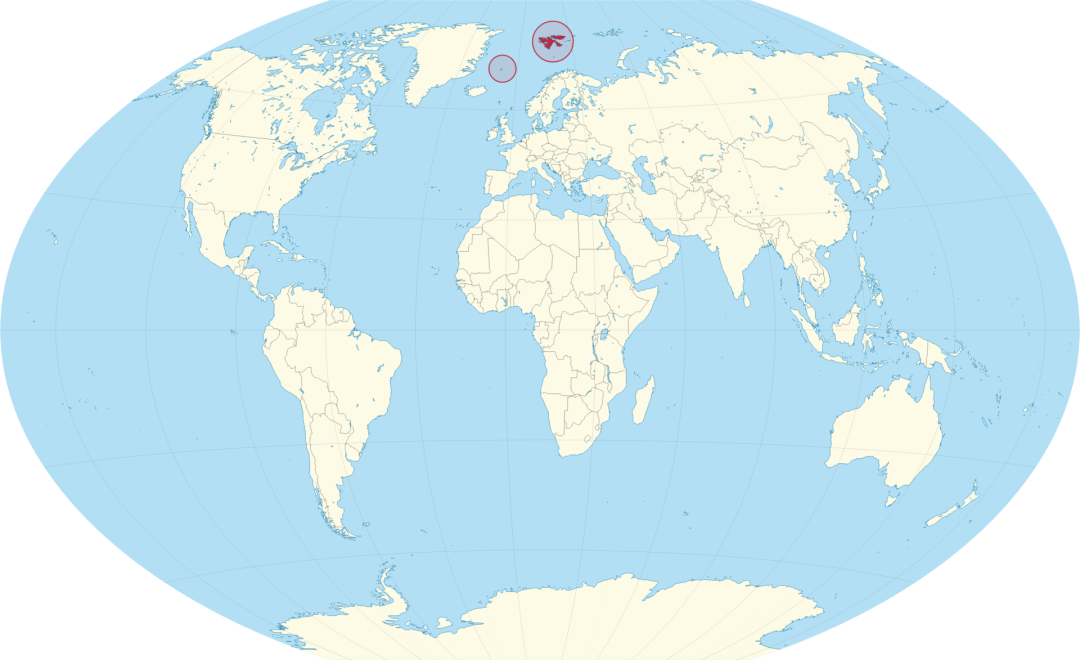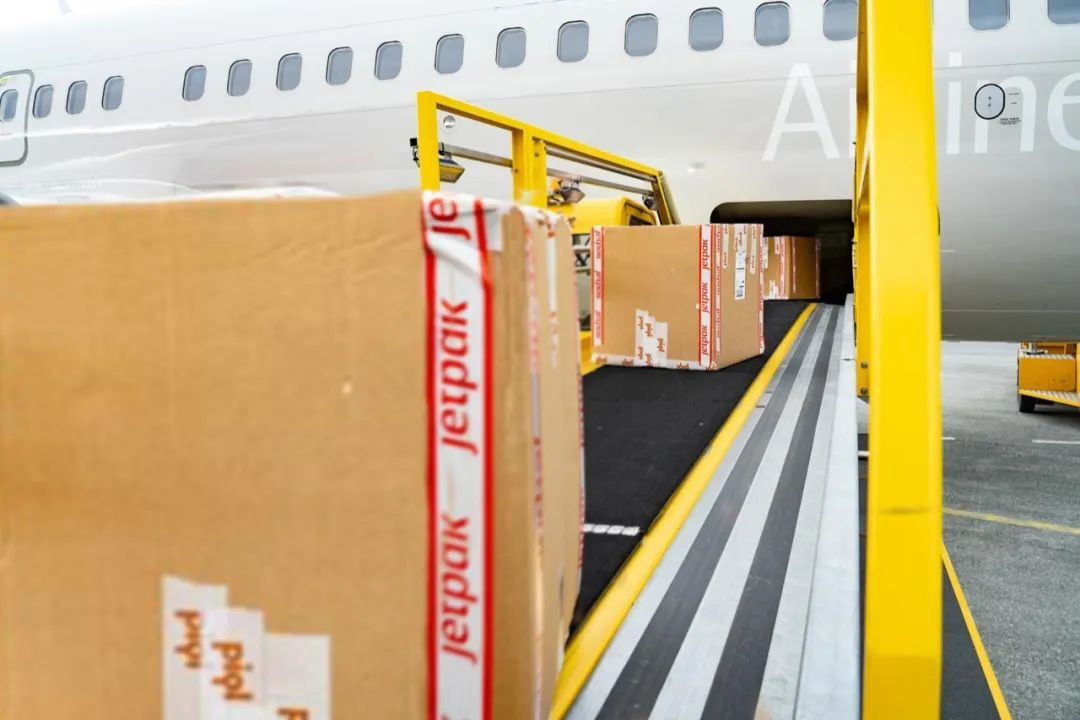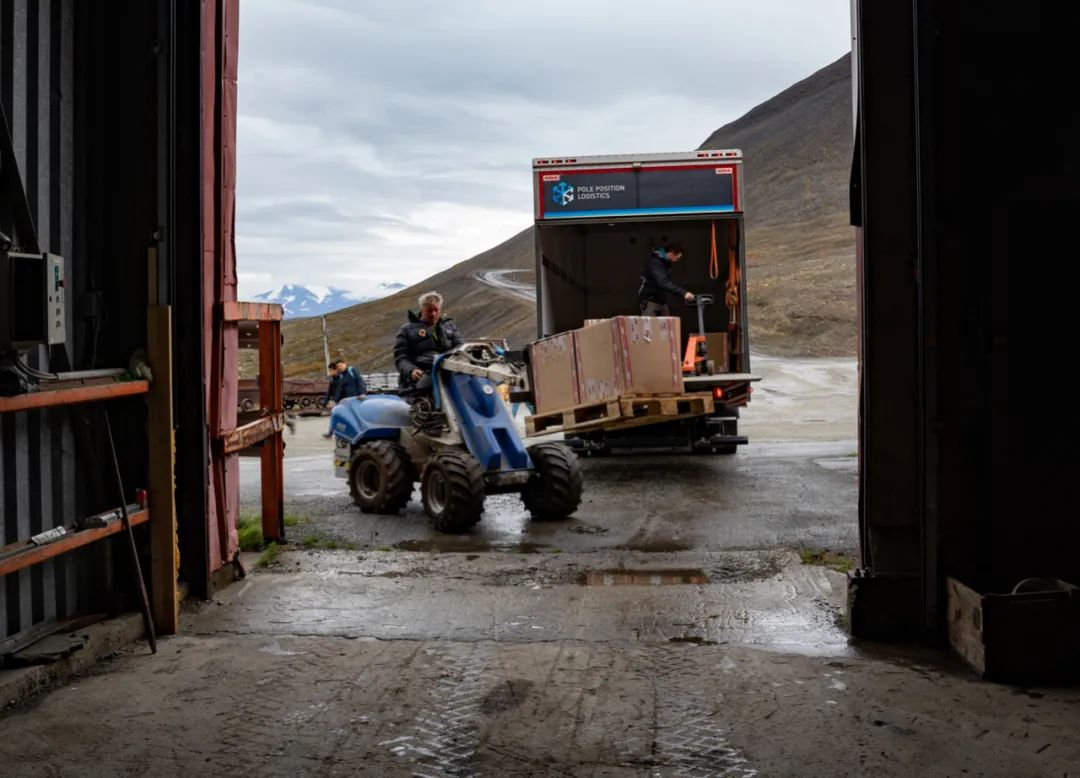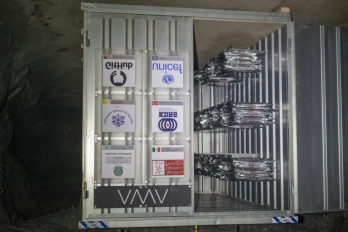Recently, GitHub has made a big move that may go down in history! GitHub released a set of photos showing a pile of cartons, and inside the cartons was the code from GitHub, which has been successfully sent to the Arctic and deposited in the Arctic Code Vault on July 8, 2020!

At GitHub Universe 2019, GitHub introduced the exciting GitHub Archive Program: To preserve open source software for future generations by storing your code in a stable archive away from human warfare. On February 2, 2020, GitHub took a snapshot of all active public repositories on GitHub to archive in the vault on an island in the Arctic (the red part of the map below). The team was going to fly to Norway and personally escort the world’s open source code to the Arctic. The code was successfully deposited in the Arctic Code Vault, on July 8, 2020.

According to official GitHub statistics, millions of developers around the world contributed to the open source software now stored in the Arctic Code Vault. To recognize and celebrate these contributions, GitHub designed the Arctic Code Vault Badge, which is shown in the highlights section of a developer’s profile on GitHub. Hover and you can discover some of the repositories an individual contributed to.

The original plan was for the team to fly to Norway and personally escort the world’s open source code to the Arctic, but as the world continues to endure a global pandemic, they had to adjust their plans. The new shipment, painstakingly managed during the shutdowns and border closures of the coronavirus pandemic, went even further, preserving a massive haul amounting to 21 terabytes of data, written onto 186 reels of a digital archival film called piqlFilm. The film looked like a miniaturised print of QR codes, except every frame squeezed in some 8.8 million microscopic pixels. Then the boxes with 186 film reels were shipped to Oslo Airport and loaded into the belly of the plane which provides passenger service to Svalbard, roughly 600 miles (1000 km) north of the European mainland.

The code landed in Longyearbyen, a town of a few thousand people on Svalbard. And this is the best place for film storage - unexplored, freezing cold, and with hundreds of meters of permafrost.

There is a decommissioned coal mine set in the local mountain, which is equivalent to a "Noah's Ark" of human civilization. Many international organizations store important items here. There is also a global seed bank that preserves the seeds of crops from all over the world. The GitHub code is placed here. It is expected to be preserved for more than 1,000 years.

But the question is, can "people" in 1000 years be able to read the code?
According to GitHub, they convened a GitHub Archive Program advisory panel before carrying out the plan, including experts in anthropology, archaeology, history, linguistics, and more, to put forward various solutions, and established “Tech Tree”. Every reel of the archive includes a copy of the “Guide to the GitHub Code Vault” in five languages, written with input from GitHub’s community and available at the Archive Program’s own GitHub repository.

The Tech Tree will consist primarily of existing works, selected to provide a detailed understanding of modern computing, open source and its applications, modern software development, popular programming languages, etc. It will also include works which explain the many layers of technical foundations that make software possible: microprocessors, networking, electronics, semiconductors, and even pre-industrial technologies. This will allow the archive’s inheritors to better understand today’s world and its technologies, and may even help them recreate computers to use the archived software.
